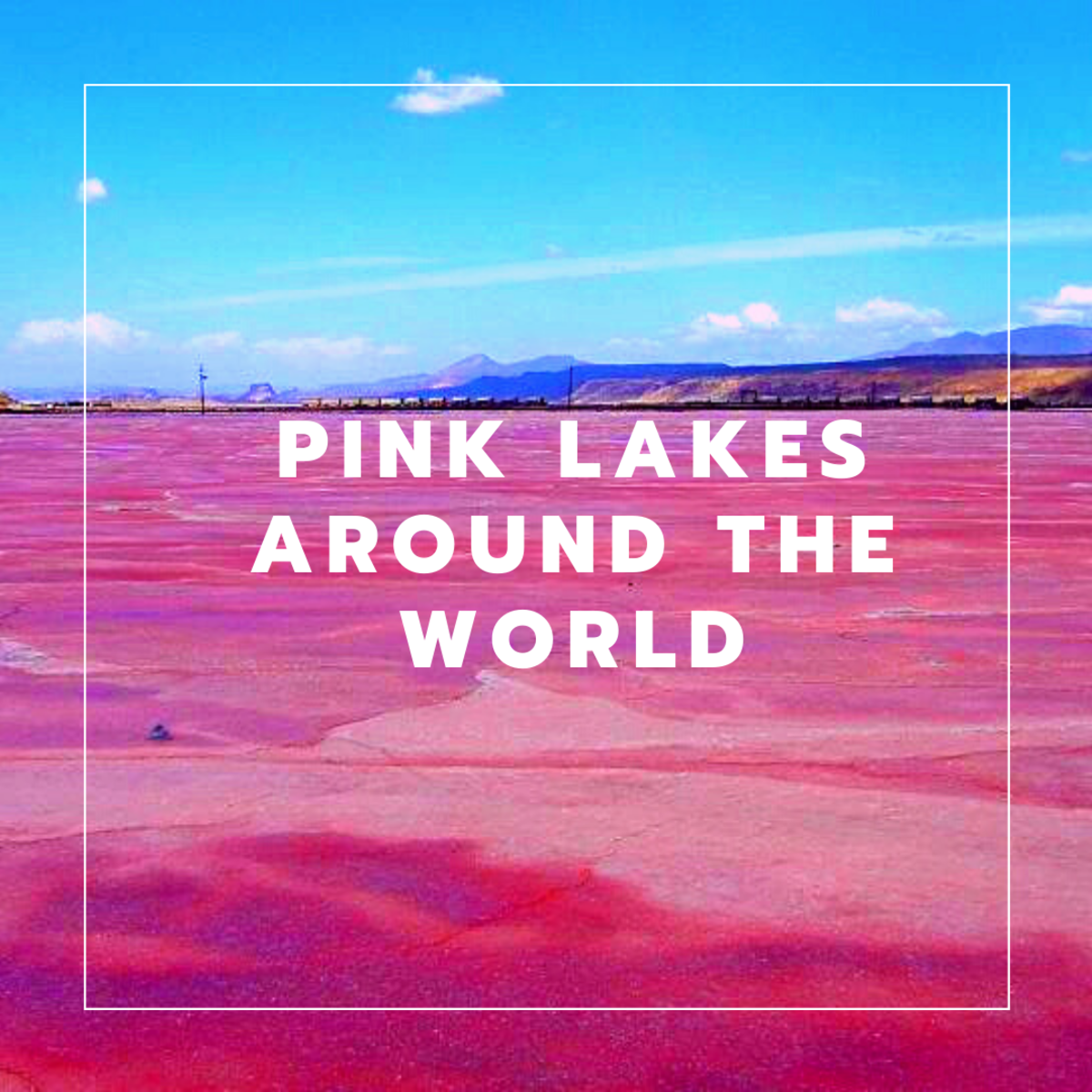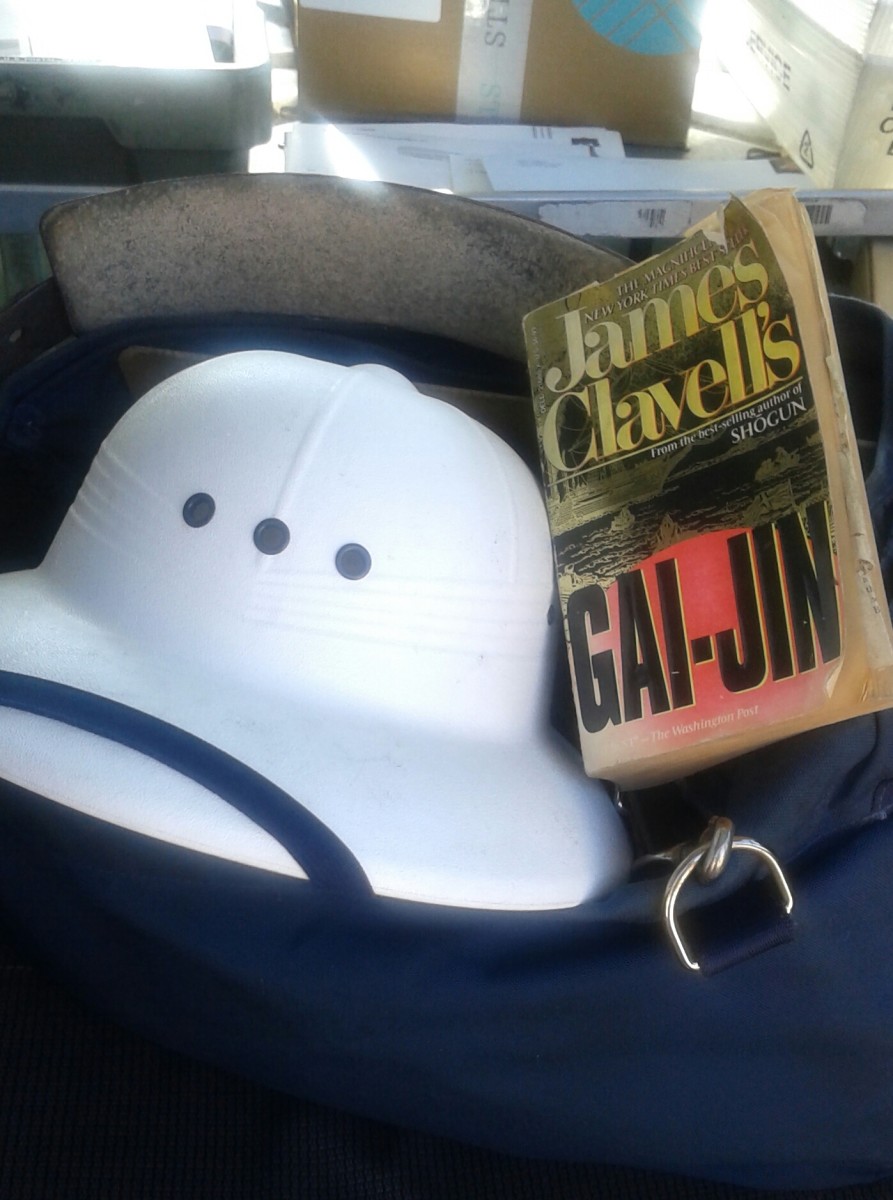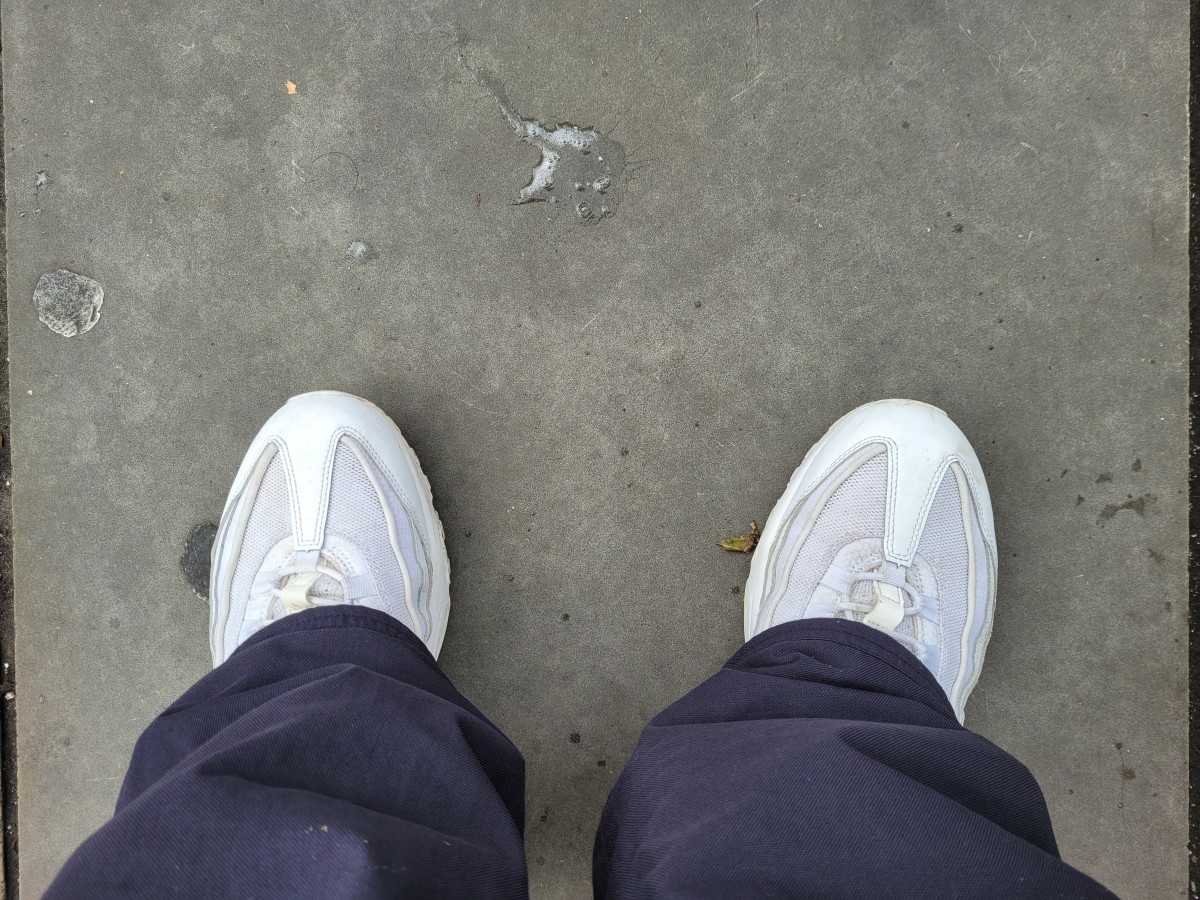Book Review: Water

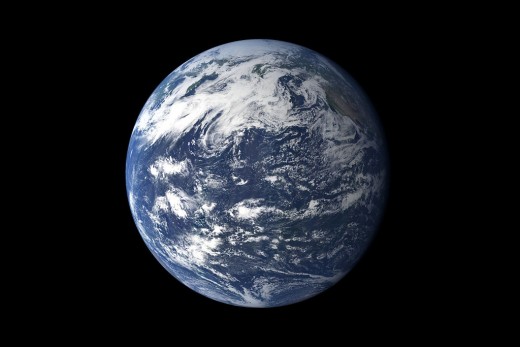
Who Done It?
Before I read this book, I had no real idea that water was a major problem all round the globe. There are certain water-rich areas, but they are not the norm. Most places have to overcome shortages by various means. Sometimes it is as little, or so it might seem, as having to walk a mile to dip a container into a natural spring. Or, it might entail a multi-billion dollar dam. Disputes might go either to court or a battlefield. Thus, as to the question, who is to blame, there is no answer. The blame can easily be distributed equally to millions upon millions involved in the abuse of so precious a resource. But that would not solve the issue. It would only serve the purposeless construction of a meaningless data base. One does not need a book to know about pollution. But to acquaint oneself with aquifers, ecosystems, and the various measurements by which water usage is gauged and evaluated, does in fact require some reading.
Read On At One's Own Risk
The more I read on about water literally all over, the more did I acquire a sense of how sophisticated and abstruse the subject was. Take a dispute between Mexico and the United States over the last leg of the Colorado River, as described in the work by Marq de Villiers, published in 2001. By the time the Colorado wound its way down, its salinity level was so high, agricultural use was pointless. Mexico's complaints were met offensively with the construction of the Glen Canyon Dam, serving to actually increase salinity. Would the U.S. agree to give up regional farmland, which produces salinity, so that Mexico could grow food? Well no, but the local surge of anger helped Luis Echeverria get elected president with anti-American rhetoric. Not until the OPEC crisis of 1973, did the U.S. change its tactics, taking into account Mexican oil.
The author reminds us that there once was a time when water was just water. But this element, which is indispensable, along with air and nutrition, is now hopelessly complicated. It startled me a bit to learn that the Rio Grande is notorious for being one of the most polluted rivers in existence, containing untreated sewage, pesticides, and industrial waste. I live a block away thinking I bought into waterfront property with all the privileges that accrue thereof. What I really learned was that water problems were ugly, messy, and agonizingly protracted. Here are a few more of the dilemmas people have to put up with. Damascus often goes without water overnight. The Gaza Strip has tap water only certain days of the week. Egypt relies wholly upon the Nile, which flows through eight countries first. The West Bank has aquifers -- not just land. The North of Israel has pumps ready should the Litani River in Lebanon ever come under its jurisdiction.
If only this were a restricted, Mid-East problem, where every drop is slobbered over. But this is not the case. Water is also subject to instant catastrophes not easily discerned until they actually happen. Case in point, in Switzerland, a huge explosion at a chemical plant sent a smorgasbord of poison into the Rhine, killing a million fish, then emptying into the Black Sea. Ever wonder what it is that comes out of the tap and why shoppers spend so much on bottled water? Either way there is no escape from having to play the odds, whatever they might be. But when you read about water systems in which every drop is used twice, what does that mean exactly? How does water become the equivalent of a hand-me-down?
Senegal
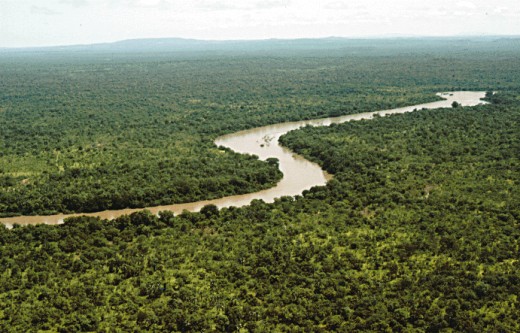
The Current State of Water in the World
Do you think that the overall crisis such as it is is adequately being dealt with?
The Sahara Desert
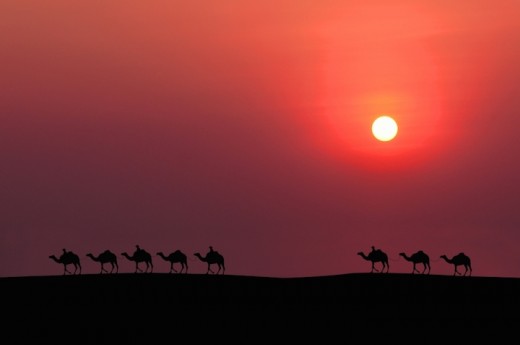
The Silver Lining
Colonel Quaddafi, not one of our favorites, employed a Korean conglomerate to build a water pipeline starting below the Sahara Desert. Somewhat mind-boggling, underneath the dry sand exists an aquifer that can feed into the more civilized regions, where it is painfully needed. Of course, there are suspicions that more than water in beautifully designed, non-leaking pipes is at stake, such as toxic chemicals and troop movements. But there is still that dire need to override the particulars and guide users in what or what not to say aloud. In Turkey, where the headwaters of the Tigris and Euphrates are located, politically minded remarks have been uttered in public about engineering a Peace Pipeline. It which will serve all the nations of the Middle East. It has not happened yet. In sum, whatever helps, however it is done, is amply appreciated. There are shortages in Tanzania, Burundi, Rwanda, Kenya, and Ethiopia. The latter has been at war every now and again for years with the Sudan over water. An interesting point is that when asked about what will happen when an aquifer runs out, as must eventually happen, the usual reply is not much more than the shrug of shoulders. No one knows. No one says. Still, the greater need is for the right-now, irregardless of what will occur fifty years down the pike.
Saving possibly the best for last, in the last pages of this study, the author points out that great hopes are pinned on desalination. In this regard, the Saudis might well be the last man standing. They have the largest plant as well as, percentage-wise, the largest interest in this costly process. Since I have not mastered the sciences that deal with the filtration industry, I cannot readily grasp what it means to know that Saudis desalinate at the rate of approximately $4 per cubit meter, or that California does likewise for 81c to $3.24. Obviously, multiplied by an unpredictable variable, the total bill can be high.
Then, there was the innovative idea a while back by Nova Group, a Canadian company, to ship water in tanks from the Great Lakes to Asia. The proposal met with stiff resistance. Eventually, a losing corporate lawyer could only lament that prohibiting water export was "cruel and inhumane". Water, he mourned, was only being wasted on salmon and such. When the matter comes down to attitudes like this, it is easy to see how irrational sentiments enter in and skew otherwise solid arguments. Predictions of what would happen run the gamut. Clearly, there is a need to master hydrology, as well as water law, and social, provincial, and anthropological issues as well. To be sure, mastery of these elements is quite an act of juggling. How people live, think, act, and work all comes into play. Solutions that once seemed fool-proof, prove otherwise. Dams can promote diseases, build up silt that is too expensive to keep removing, and create a good deal of controversy over the inevitable changes, such as deliberate flooding, that occur. The author points out how the Rhine is really no longer a river but instead "an engineered waterway of levees, concrete embankments, locks, flow-control devices, hydro-plants, weirs, and channels." (p. 129) So much for an eco-friendly, sensitive partnership with nature. I wish I had a substantive remark, ready-made, in order to bring this discussion to a close, but I do not. The whole subject is absolutely essential and urgent. It is imperative that water-related problems be successfully addressed. There is a certain amount of slack involved insofar as there is time. For how long, I doubt much that even the best scientists, mathematicians, and psychics can say.


